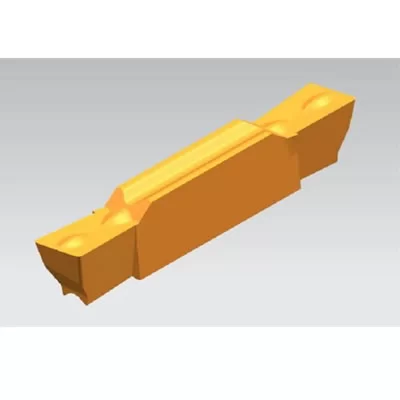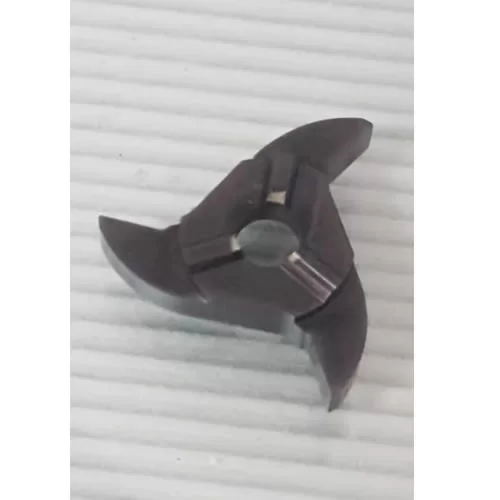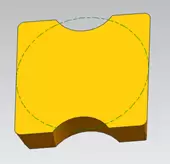Hardness Value Of Tungsten Steel Tool Or Alloy Milling Tool
Hardness is the ability of a material to resist hard objects pressing into its surface. It is one of the important performance indicators of metal materials.
Generally, the higher the hardness, the better the wear resistance. The commonly used hardness indexes are Brinell hardness, Rockwell hardness and Vickers hardness.
Brinell hardness (HB)
Press the hardened steel ball of a certain size (generally 10 mm in diameter) into the material surface with a certain load (generally 3000 kg), and keep it for a period of time. After unloading, the ratio of the load to the indentation area is the Brinell hardness number (HB), and the unit is kilogram force / mm2 (n / mm2).
2. Rockwell hardness (HR)
When HB > 450 or sample is too small, Rockwell hardness measurement can not be used instead of Brinell hardness test. It is a diamond cone with a top angle of 120 degrees or a steel ball with a diameter of 1.59 and 3.18 mm. It is pressed into the surface of the material under certain load, and the hardness of the material is calculated from the depth of the indentation. According to the different hardness of the test material, it can be expressed by three different scales:
HRA: The hardness obtained by 60 kg load and diamond cone indenter is used for materials with very high hardness (such as cemented carbide).
HRB: Hardness obtained by hardening a steel ball with a diameter of 1.58 mm and a load of 100 kg. It is used for materials with lower hardness.(such as annealed steel, cast iron, etc.).
HRC: The hardness obtained by 150 kg load and diamond cone indenter is used for materials with high hardness (such as quenched steel).
3. Vickers hardness (HV)
The surface area of indentation pit is divided by the load value, that is, the Vickers hardness HV value (kgf / mm2).

















